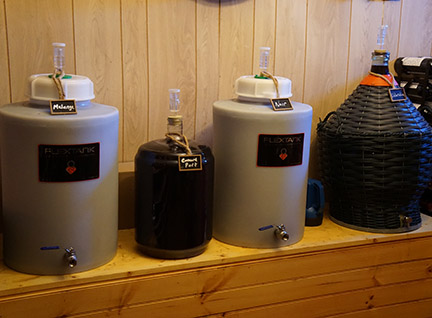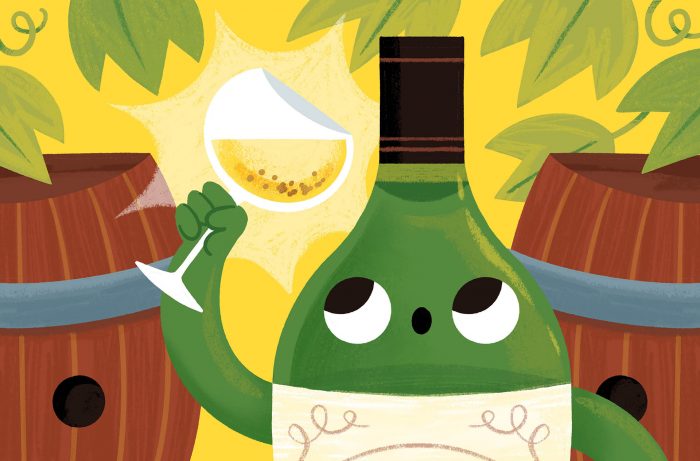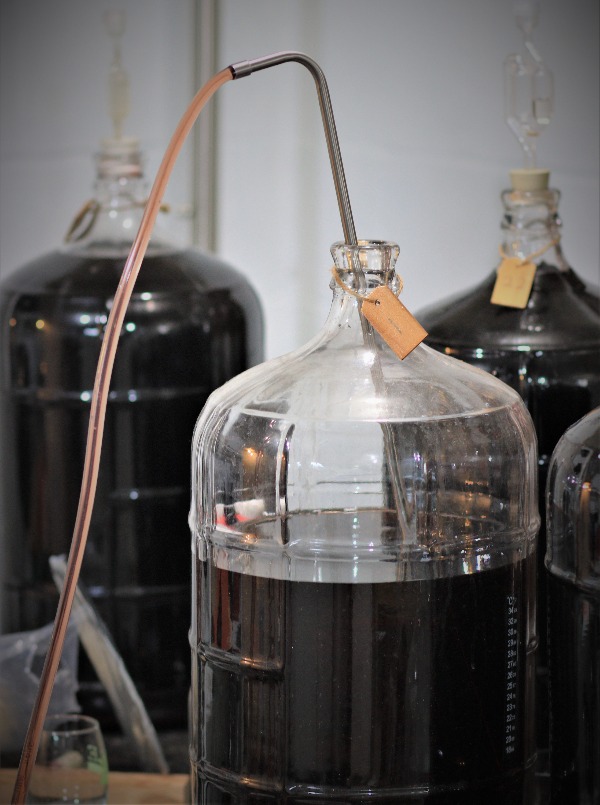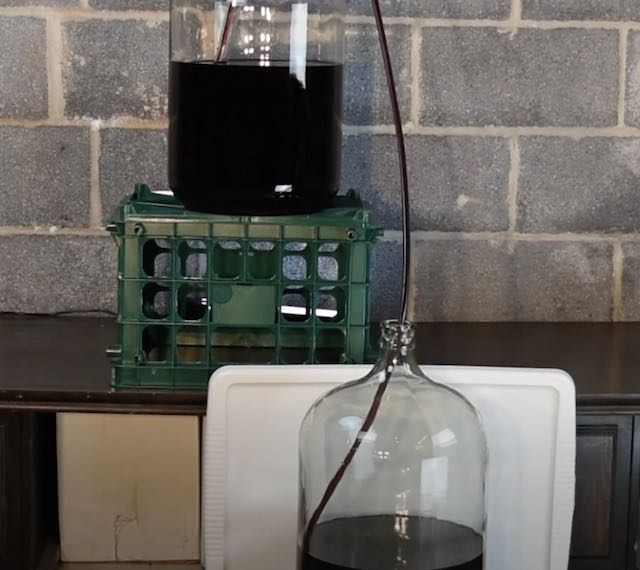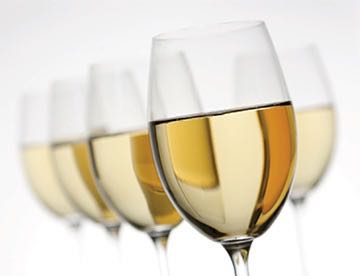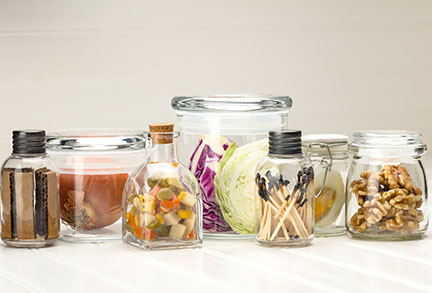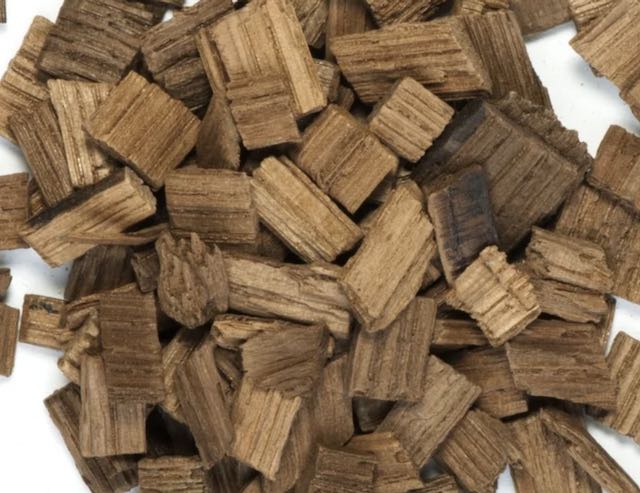Bulk Aging (WineMaker)
Aging your wine is not the most exciting winemaking topic, but it is a critical topic. Aging wine is considered from the time after your fermentation is completed through the time spent in the bottle before consumption. The three basic goals of aging your wines are to assure stability, to correct a flaw or fault, and to evolve the wine style by increasing complexity, flavor, and aroma.


